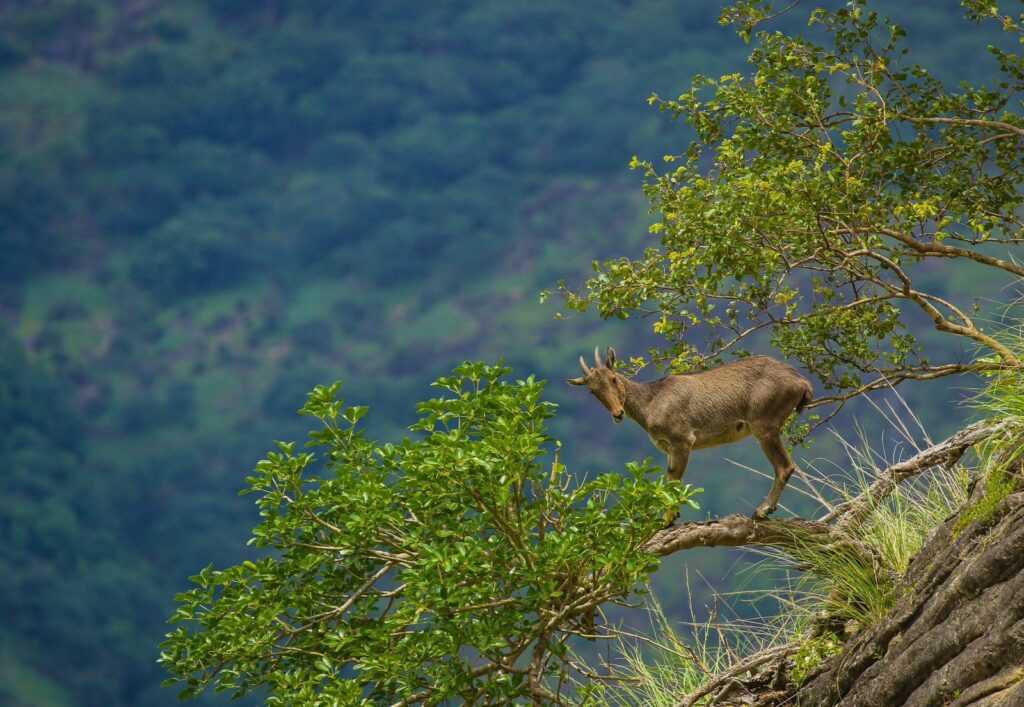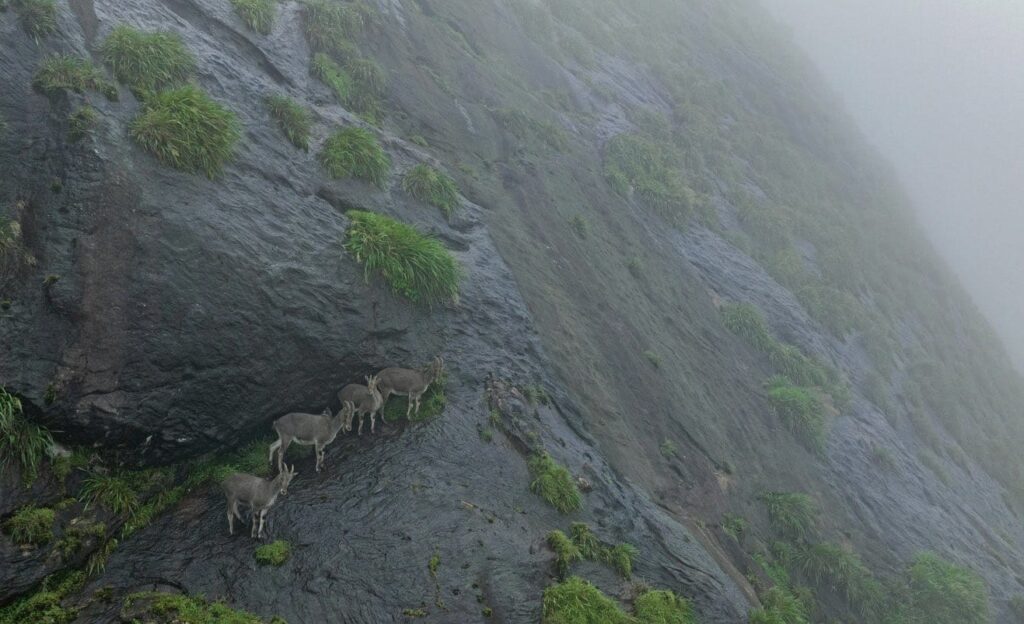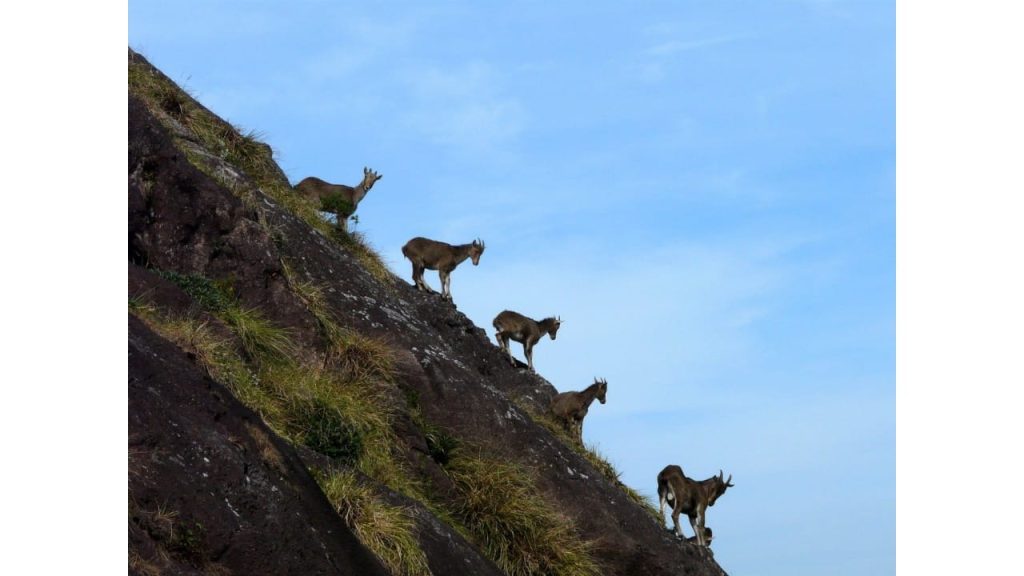To extend the distribution of Nilgiri Tahr to its historic habitats, the Tamil Nadu government recently came up with an initiative named ‘Project Nilgiri Tahr’, with a budgetary provision of Rs. 25.14 crore. The five-year programme is India’s first-of-its-kind initiative.
Speaking with Indian Masterminds, IAS officer Supriya Sahu, Additional Chief Secretary, Environment, Climate Change and Forest, shared details about the project.
NILGIRI TAHR
Nilgiri Tahr is the state animal of Tamil Nadu. Locally known as ‘Varaiaadu’, the Nilgiri Tahr (Nilgiritragus Hylocrius) is endemic to Western Ghats. It is listed as Endangered in the IUCN Red List of Threatened Species and is protected under Schedule I of the Wildlife (Protection) Act of India, 1972.
It is estimated that there are 3,122 Nilgiri Tahrs in the wild, and the population is divided into five metapopulation blocks based on habitat connectivity. Historically, Nilgiri Tahr was known to inhabit a large portion of the Western Ghats, but, today, it remains restricted to a few scattered habitat patches in Tamil Nadu and Kerala.

“Presently, it is confined to a small percentage of the Western Ghats, between the Nilgiri hills in the north and the Asambu highlands in the south. Hence, it is very important that this species is protected from further dwindling of its population and geographical range. The ecological integrity of the shola-grassland ecosystem, which occurs between 1400 and 2700 metres in elevation, is very important for this species to survive,” Ms. Sahu said.
ABOUT THE PROJECT
Hence, Tamil Nadu government has announced a project for the conservation of this species and its habitat at a cost of Rs. 25.14 crore, with various components for monitoring the population and restoring the habitat, like bi-annual synchronized surveys across the divisions, re-introduction and monitoring, diagnosis and treatment for affected individuals, capacity building programmes for staff, shola grassland restoration, eco-tourism, and awareness creation programmes.
Project Nilgiri Tahr of #TNForest aims to restore the fragmented habitat especially Shola grasslands where it thrives, reintroduce the Tahr population in its historic habitat and ensure proper rehabilitation facilities are provided #NilgiriTahr. footage- Senthil Natarajan pic.twitter.com/dYLTtuCc7L
— Supriya Sahu IAS (@supriyasahuias) December 28, 2022
The major aim of this project is to extend the distribution of Nilgiri Tahr to its historic habitats. Proper scientific estimation of the present population and its distribution, and taking care of the health of the population to maintain the genetic resource, are the immediate priorities to reach that goal.
CHALLENGES AHEAD
Talking about the challenges, Ms. Sahu said that the fragmented populations are prone to local extinction, which is a challenge to deal with. Many populations are composed of less than 20 individuals and are highly prone to local extinction due to poaching and diseases.
These populations cannot recuperate from these threats as they are not connected to bigger populations. Exotic invasive species like wattle, eucalyptus, pine, etc., are also threats to the habitat of Nilgiri Tahr.
“Lack of ecological data and understanding of conservation planning, forest fires, anthropogenic pressures like encroachment, adventure tourism, NWFP collection are also challenges in the conservation of Nilgiri Tahr,” Ms. Sahu said.

It was also decided that October 7 will be celebrated as ‘Niligiri Tahr Day’ in honour of E.R.C. Davidar, who was responsible for pioneering one of the first studies of the species in 1975.
The funds for Project Niligiri Tahr are to be provided by the Tamil Nadu Pollution Control Board. It will be headed by a Project Director, who will be assisted by an Assistant Director, and will also include senior scientists, research fellows and field staff.

































